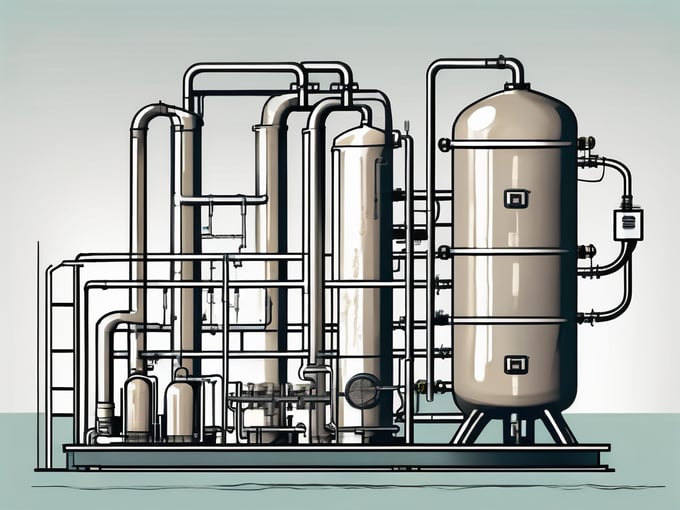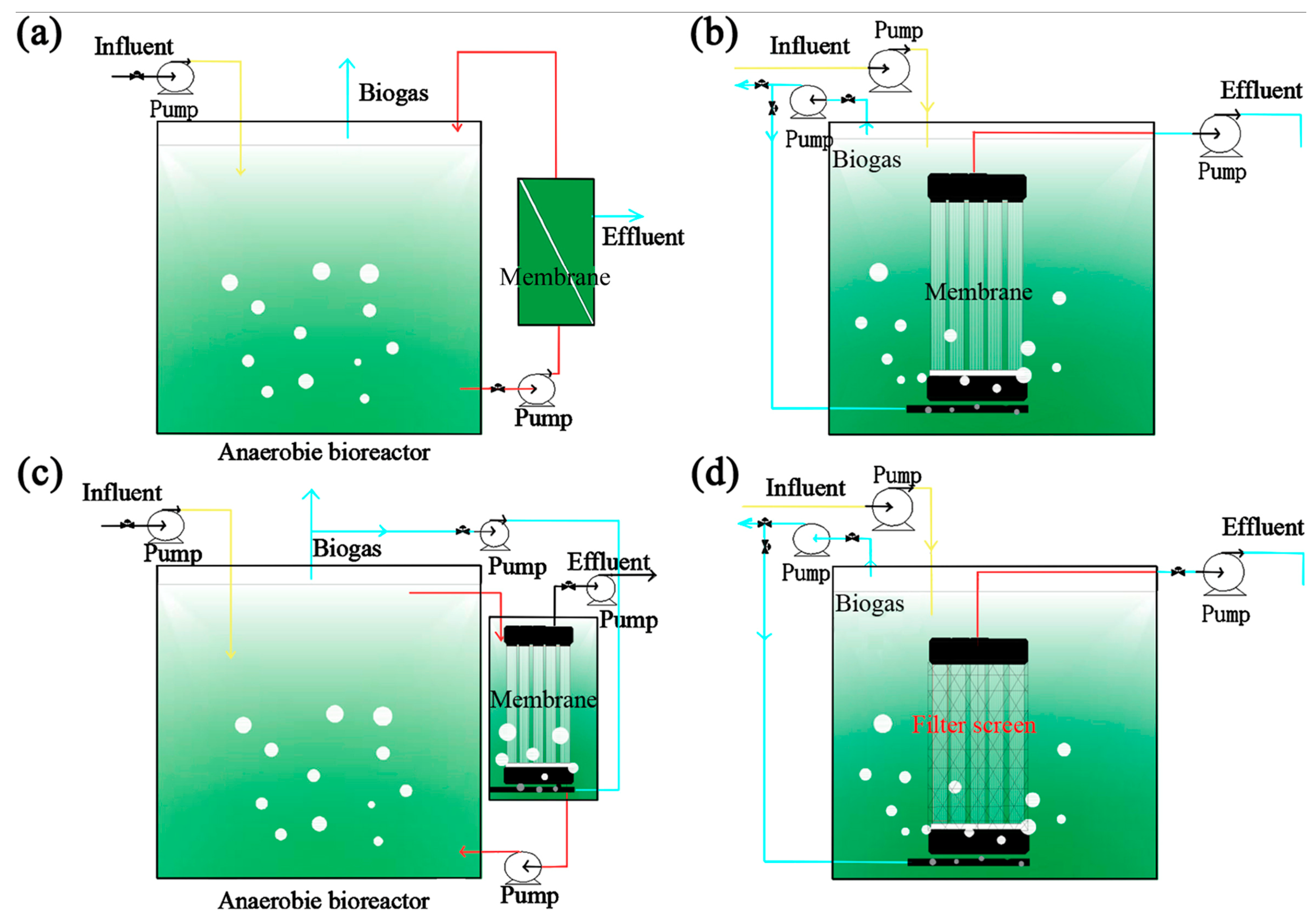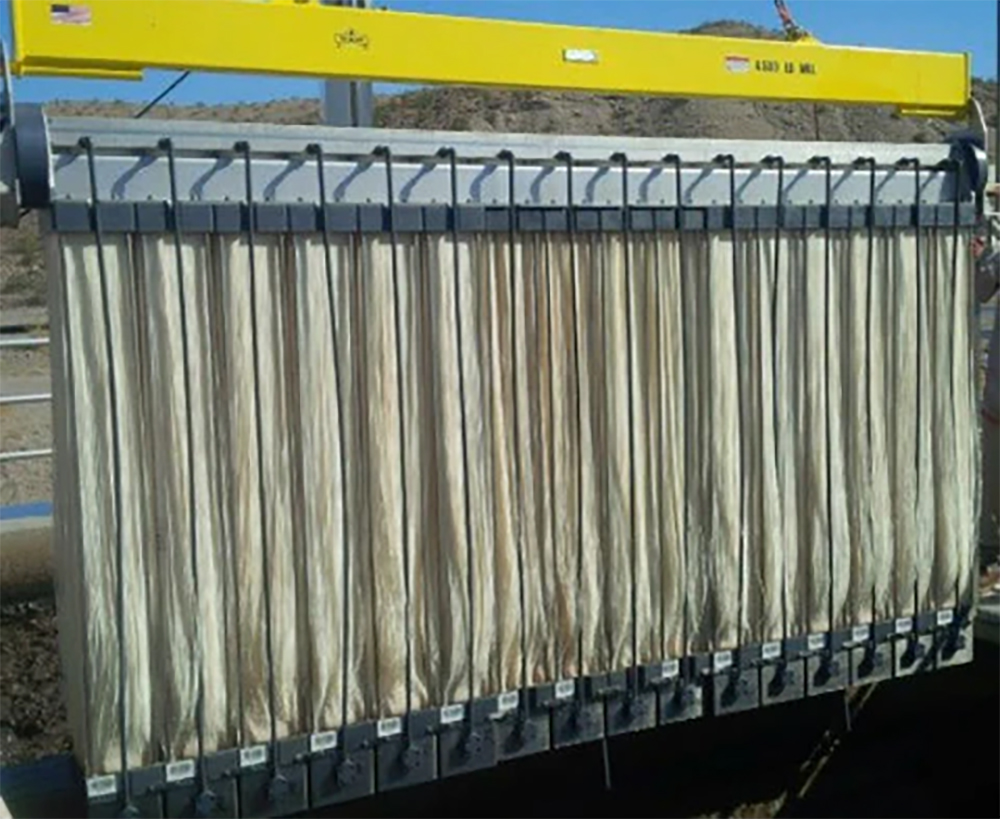Exploring the Environmental Impact of Membrane Bioreactor in Wastewater Treatment
Exploring the Environmental Impact of Membrane Bioreactor in Wastewater Treatment
Blog Article
Membrane Bioreactors Clarified: Efficient Solutions for Clean Water
Membrane layer bioreactors (MBRs) have actually emerged as an advanced remedy for attending to the pushing obstacles of wastewater therapy. By incorporating organic procedures with sophisticated membrane filtering, MBRs not just improve the top quality of treated water but likewise lower the spatial demands of treatment facilities. As ecological worries escalate, the function of MBR technology in promoting lasting water administration ends up being significantly considerable. The complexities of their operation, advantages, and potential applications merit a closer exam to totally understand their influence on the future of water therapy.

What Are Membrane Bioreactors?
Membrane bioreactors (MBRs) are sophisticated wastewater treatment systems that integrate organic deterioration processes with membrane purification technology. This combination enables the effective removal of impurities from water, making MBRs a favored option in various applications, including metropolitan wastewater treatment and industrial effluent monitoring.

Among the critical benefits of MBRs is their capacity to produce top notch effluent, frequently appropriate for reuse in watering or industrial processes. Furthermore, MBRs call for a smaller impact contrasted to conventional therapy systems, making them optimal for urban settings where space may be restricted.
Moreover, MBRs can properly manage differing influent tons and are much less vulnerable to the impacts of toxic shocks. These qualities add to their expanding popularity as a sustainable remedy for resolving the raising need for clean water while reducing environmental impacts.
How Membrane Bioreactors Job
While the operation of membrane bioreactors (MBRs) might seem complicated, it basically rotates around the harmony in between organic procedures and membrane purification. MBRs integrate an organic therapy procedure, normally turned on sludge, with a membrane layer splitting up device to treat wastewater efficiently.
In an MBR system, wastewater is very first introduced into a bioreactor where microbes deteriorate organic issue and various other contaminants. The biological task minimizes the concentration of contaminants while advertising the development of biomass. Following this biological therapy, the mixed alcohol is subjected to membrane layer filtering, which can be microfiltration or ultrafiltration, depending on the desired effluent top quality.
The membrane layers function as a physical barrier, enabling water and small solutes to pass while maintaining suspended solids and larger particles. This makes it possible for the system to preserve a high concentration of biomass within the reactor, enhancing the treatment performance.
Moreover, the continual separation of treated water from the biomass helps with a compact style and reduces the impact of the therapy facility. In general, the mix of organic destruction and membrane filtration in MBRs results in effective and trustworthy wastewater therapy, making certain top quality effluent suitable for numerous applications.
Benefits of MBR Technology
Among the vital advantages of membrane layer bioreactor (MBR) innovation is its capacity to create top notch effluent with a significantly decreased footprint compared to conventional wastewater therapy techniques. MBR systems effectively incorporate organic therapy and membrane layer purification, resulting in exceptional elimination of contaminants, including suspended solids, pathogens, and raw material. This capacity results in effluent that often satisfies or surpasses rigid regulative criteria for reuse and discharge.
Additionally, MBR technology enables higher biomass focus, which enhances the treatment efficiency and lowers the needed activator volume. This small style is particularly beneficial in urban locations where area is restricted. The operational versatility of MBR systems also suggests they can adjust to varying influent qualities and circulation prices, making them ideal for a large variety of applications.
In addition, the reduced sludge production image source related to MBR processes contributes to decrease functional and upkeep prices. The membrane layers offer as a physical obstacle, lessening the threat of obstructing and making it possible for longer operational durations in between cleaning. In general, the benefits of MBR technology make it an attractive solution for lasting wastewater therapy, resolving both environmental worries and the requirement for reliable source administration.
Applications of Membrane Bioreactors
With their adaptability and performance, membrane layer bioreactors (MBRs) find applications across numerous sectors, including local wastewater therapy, industrial processes, and also water recovery. In metropolitan setups, MBRs give a compact solution for treating wastewater, effectively eliminating pollutants while simultaneously generating high-quality effluent that fulfills strict regulatory requirements. This makes them especially ideal for locations with minimal area.
In commercial applications, MBR innovation is used for treating procedure water, especially in industries such as food and beverage, drugs, and petrochemicals. These industries benefit from MBRs' capacity to take care of high natural loads and their performance in recovering useful resources from wastewater, such as nutrients and water.
Additionally, MBRs play a vital function in water improvement campaigns, making it possible for the reuse of treated wastewater for watering, commercial procedures, or even as drinkable water after more treatment (Membrane Bioreactor). Their efficiency in removing toxins and microorganisms makes them a trustworthy selection for guaranteeing water quality in different reuse applications
Future of Water Treatment Solutions
The future of water treatment services is poised for transformative innovations driven by technical innovation and increasing ecological recognition. As international water deficiency comes to be a pressing problem, brand-new approaches, including membrane bioreactor (MBR) systems, are useful content set to play a crucial duty in boosting the efficiency and sustainability of water treatment processes.
Emerging innovations such as fabricated knowledge and artificial intelligence are anticipated to maximize treatment procedures, permitting real-time monitoring and predictive maintenance. This will enhance the overall reliability and performance of water therapy centers. Moreover, developments in membrane layer products, such as graphene and nanofiltration, guarantee to boost permeation prices and reduce fouling, bring about lower energy consumption and functional costs.
Furthermore, the assimilation of sustainable power sources into water treatment plants will certainly add to greener practices. The circular economic climate version will likewise gain grip, encouraging the recuperation of important resources from wastewater, such as nutrients and power.
Final Thought

Membrane layer bioreactors (MBRs) have emerged as a sophisticated remedy for resolving the pressing challenges of wastewater therapy. By incorporating biological processes with innovative membrane filtration, MBRs not just improve the high quality of treated water but also reduce the spatial requirements of treatment centers.One of the essential advantages of membrane layer bioreactor (MBR) technology is its capacity to create top notch effluent with a significantly reduced impact compared to standard wastewater therapy methods.With their adaptability and performance, membrane bioreactors (MBRs) discover applications throughout numerous industries, including municipal wastewater therapy, commercial procedures, and even water reclamation.In final thought, membrane layer bioreactors stand for a significant development in wastewater therapy modern technology, integrating biological procedures with efficient membrane filtering to generate high-grade effluent.
Report this page